Introduction
Self-regulated learning is at the heart of fostering lifelong learners who can thrive independently. It’s the ability to manage one’s learning process, and tackle challenges head-on. In a world where students face increasing demands, these skills empower them to not only succeed in school but to continue growing outside of the classroom, beyond grades and tests.
Building self-regulated learning skills doesn’t happen overnight, but it’s a process worth investing in. The shift from relying on external direction to taking charge of their own learning can change how students approach challenges and opportunities. That’s where effective strategies come into play.
What is Self-Regulated Learning?
Self-regulated learning (SRL) refers to the process where individuals take control of their own learning journey by setting goals, monitoring progress, and adjusting strategies as needed. It involves not only the ability to learn independently but also the skills to manage time, emotions, and behaviors in ways that support academic success. In SRL, learners actively plan, reflect, and assess their understanding, making adjustments based on their performance and experiences.
Importance of Self-Regulated Learning
Let’s explore some practical ways to help students master this self-regulation and gain the tools they need for future success.
- Start with clear goals. Teach students how to set their own learning targets. When they understand where they’re headed, it’s easier to stay motivated and measure progress along the way.
- Make reflection a routine. Encourage students to pause and evaluate their progress. This doesn’t just mean checking if they got the right answers, but understanding how they arrived at them.
- Instill resilience through mistakes. Rather than viewing errors as failures, show students how mistakes are stepping stones for growth. Teach them that each setback is a chance to recalibrate.
- Help them manage time like a pro. Learning to juggle multiple tasks and deadlines is essential. Introduce strategies that help students break work into manageable chunks, keeping overwhelm at bay.
- Make learning interactive and fun. The more engaged students are, the more they take ownership of their learning. Active lessons, hands-on activities, and challenges push them to learn by doing.
The Role of Teachers in Building Independent Learners
Teachers play a pivotal role in guiding students toward self-regulation learning. As mentors, teachers must offer the scaffolding necessary for students to develop these skills on their own.
- Create opportunities for students to set their own learning paths. Give students the chance to choose topics or tasks that interest them, allowing for greater ownership and investment in the learning process.
- Be the coach, not the lecturer. Shift the focus from delivering information to coaching students through the process. Ask questions that guide their thinking, encouraging problem-solving rather than simply providing solutions.
- Use feedback as a tool for growth, not just evaluation. Provide constructive feedback that focuses on what students can improve. This builds their ability to self-assess and track their own progress.
- Foster a growth mindset with your words. Language matters. Acknowledge effort over innate ability and praise perseverance through challenges, reinforcing that intelligence is built, not fixed.
- Lead by example. Demonstrate your own learning process. Share how you tackle problems, set goals, and reflect on your own growth—this shows students that even teachers are lifelong learners.
What Are the Key Components of Self-Regulated Learning?
Self-regulated learning (SRL) involves several key components that help learners manage their education independently:
1. Goal Setting – Establishing clear, achievable goals to guide learning progress.
2. Self-Monitoring – Tracking understanding and performance to adjust strategies as needed.
3. Self-Reflection – Evaluating learning experiences to identify strengths and areas for improvement.
4. Self-Motivation – Staying focused and motivated to continue learning, even when faced with challenges.
5. Time Management – Organizing tasks and managing time effectively to meet deadlines and avoid procrastination.
6. Seeking Help – Knowing when and how to reach out for assistance when challenges arise.
💡 Bonus Tip: Empowering students to work independently often means providing tools that align with their pace and learning needs. Edcafe AI, a powerful web-based generative AI, can help by creating personalized asynchronous assessments that students can complete at their own speed—whether reviewing, practicing, or testing their knowledge.
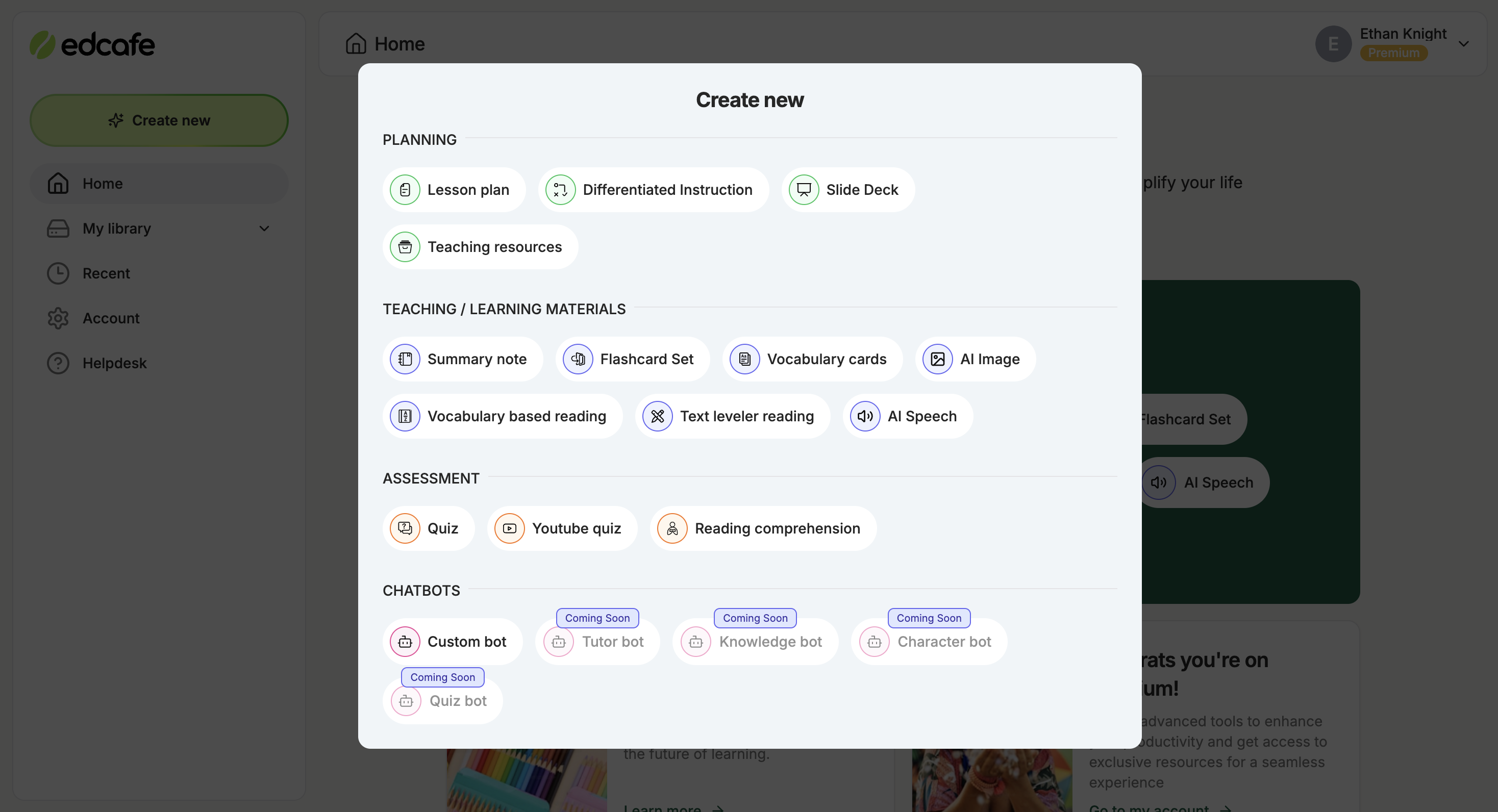
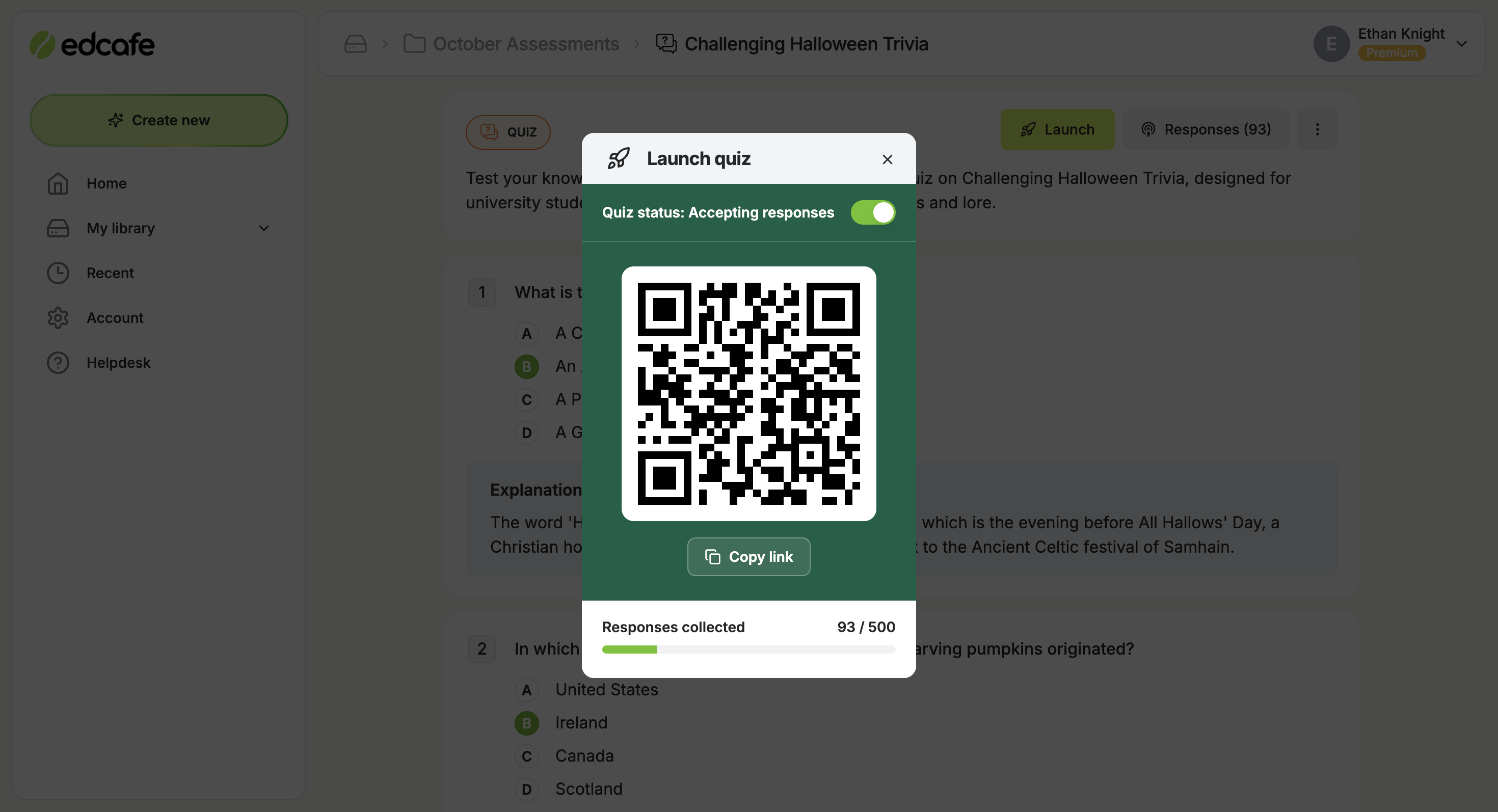
With features like auto-grading and instant AI feedback, EdCafe allows students to understand their progress in real time, helping them self-correct and reflect on their learning.
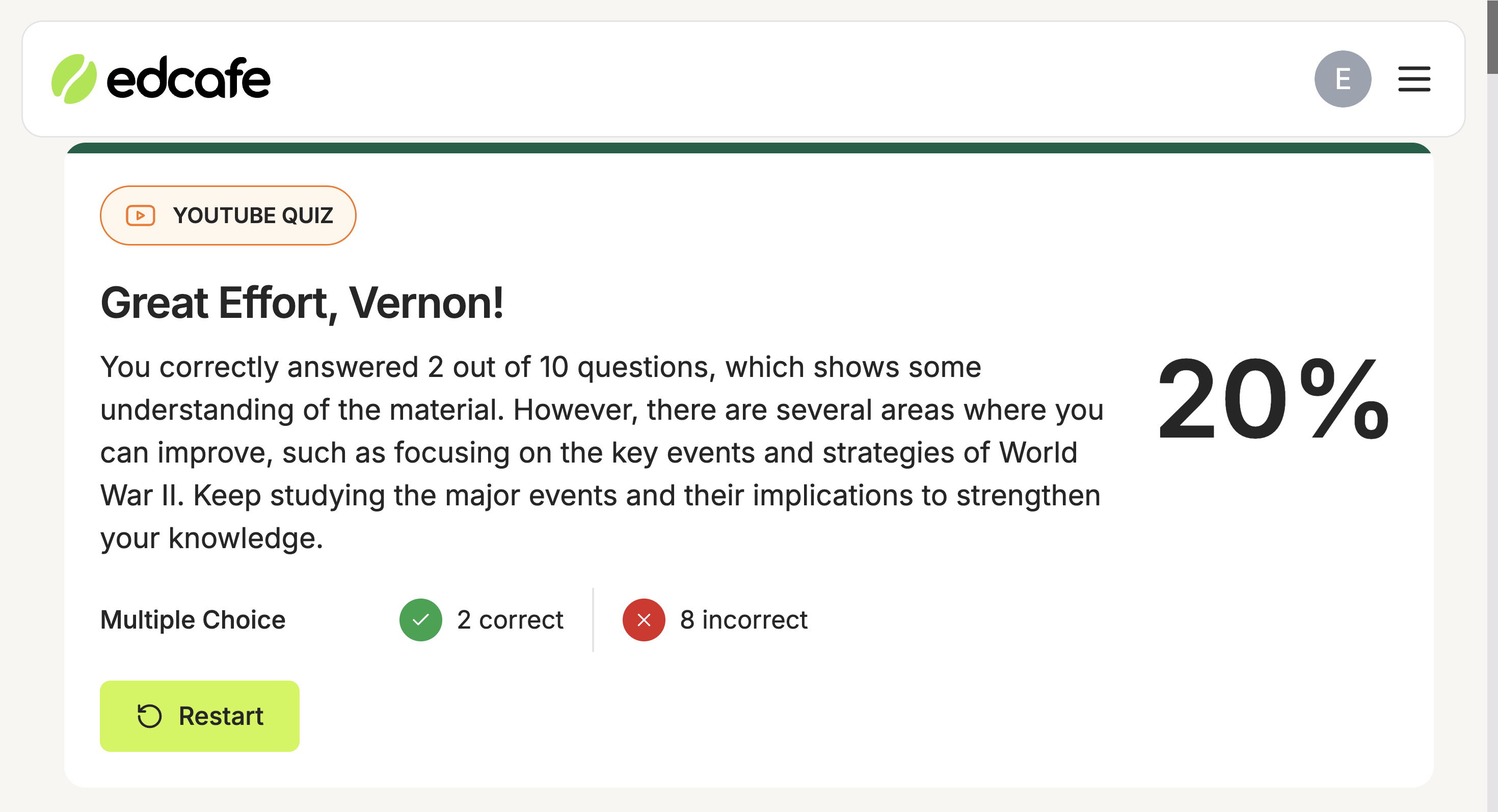
Techniques to Promote Self-Regulated Learning and Build Independent Learners
Empowering students to become independent learners is a key element of self-regulated learning. By providing them with the tools, strategies, and techniques to take ownership of their learning, you’re setting them up for long-term success. These methods can help students gain confidence, stay motivated, and develop a deeper understanding of the material.
Here are some unique and highly effective techniques that teachers can impart to their students to foster greater independence and self-regulation in the classroom.
Table of Contents
1. Use the Feynman Technique for Deep Understanding
Make your students teach it to learn it.
What it is:
The Feynman Technique encourages students to explain a concept in simple terms, as if they were teaching it to someone else. This can be done through a presentation, a written explanation, or even a video. The key is for them to break down complex ideas into basic, understandable components.
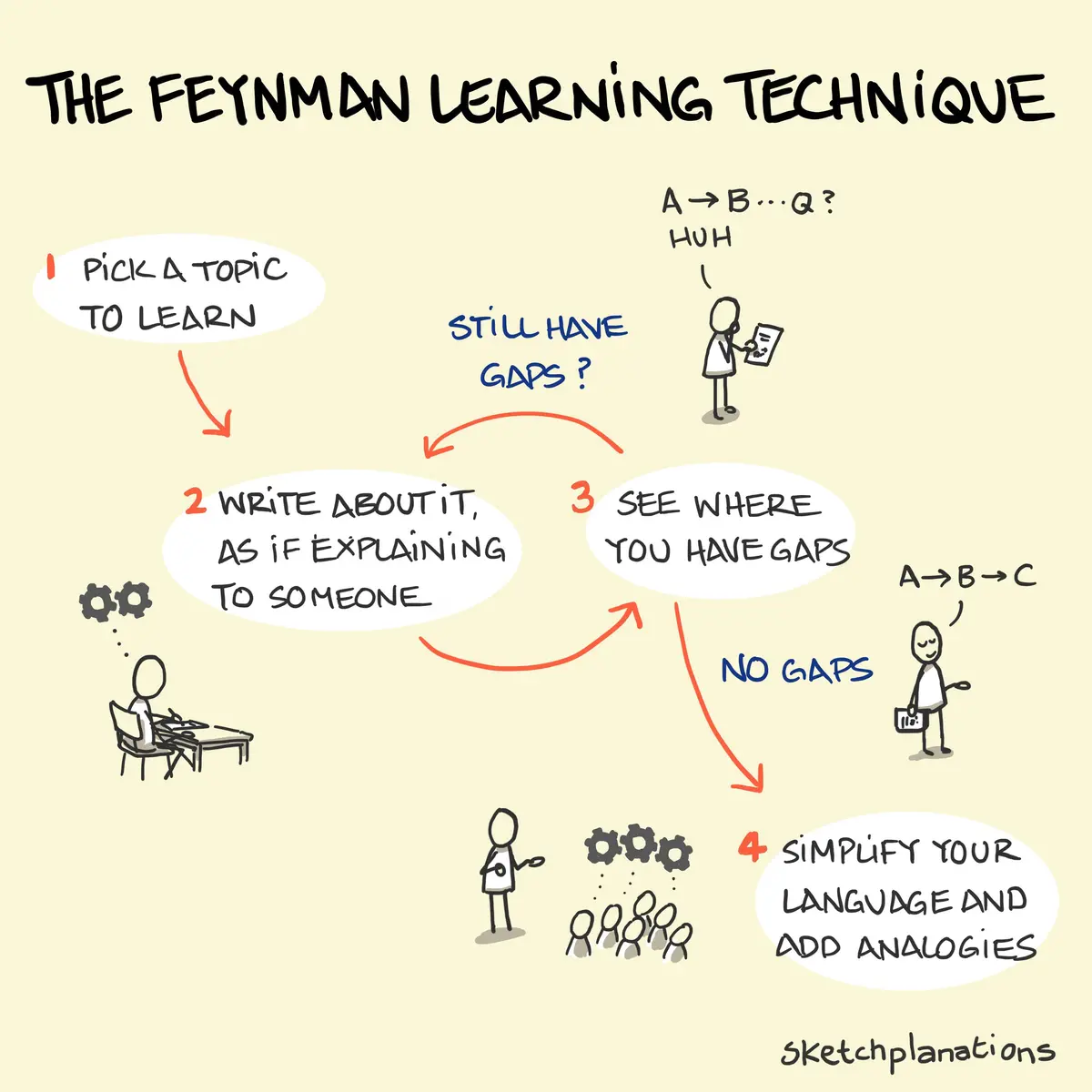
How it helps:
By forcing students to simplify their understanding, they’re able to identify any gaps in their knowledge and clarify their own learning. Teaching a concept reinforces their comprehension, solidifying the material in their minds.
Practical tips:
- Have students teach a concept to an imaginary class or create a mock tutorial.
- Pair students up for peer-to-peer teaching.
- Encourage them to record and review their explanations to spot areas needing improvement.
2. Turn Mistakes into Learning Maps
Help students reframe mistakes as valuable learning experiences.
What it is:
Turning mistakes into learning maps means encouraging students to view their errors as stepping stones in the learning process. Instead of feeling discouraged, they trace their mistakes back to the areas where they went wrong and create a visual map to guide their understanding.
How it helps:
This technique promotes a growth mindset and teaches students that mistakes are not failures, but part of the learning journey. By reflecting on their errors, students can identify patterns and learn how to improve in the future.
Practical tips:
- After a test or assignment, have students analyze their mistakes and create a “map” of where they went wrong.
- Use color-coding or mind maps to illustrate connections between mistakes and correct concepts.
- Encourage students to share their learning maps with peers to promote collaborative learning and problem-solving.
3. Experiment with Pomodoro’s “Flexible Blocks”
Empower students to take control of their time.
What it is:
Instead of sticking to rigid 25-minute work sessions, let students customize their Pomodoro timer based on their needs. For instance, some might prefer 40 minutes of focus and 15-minute breaks, while others might stick to the traditional format.
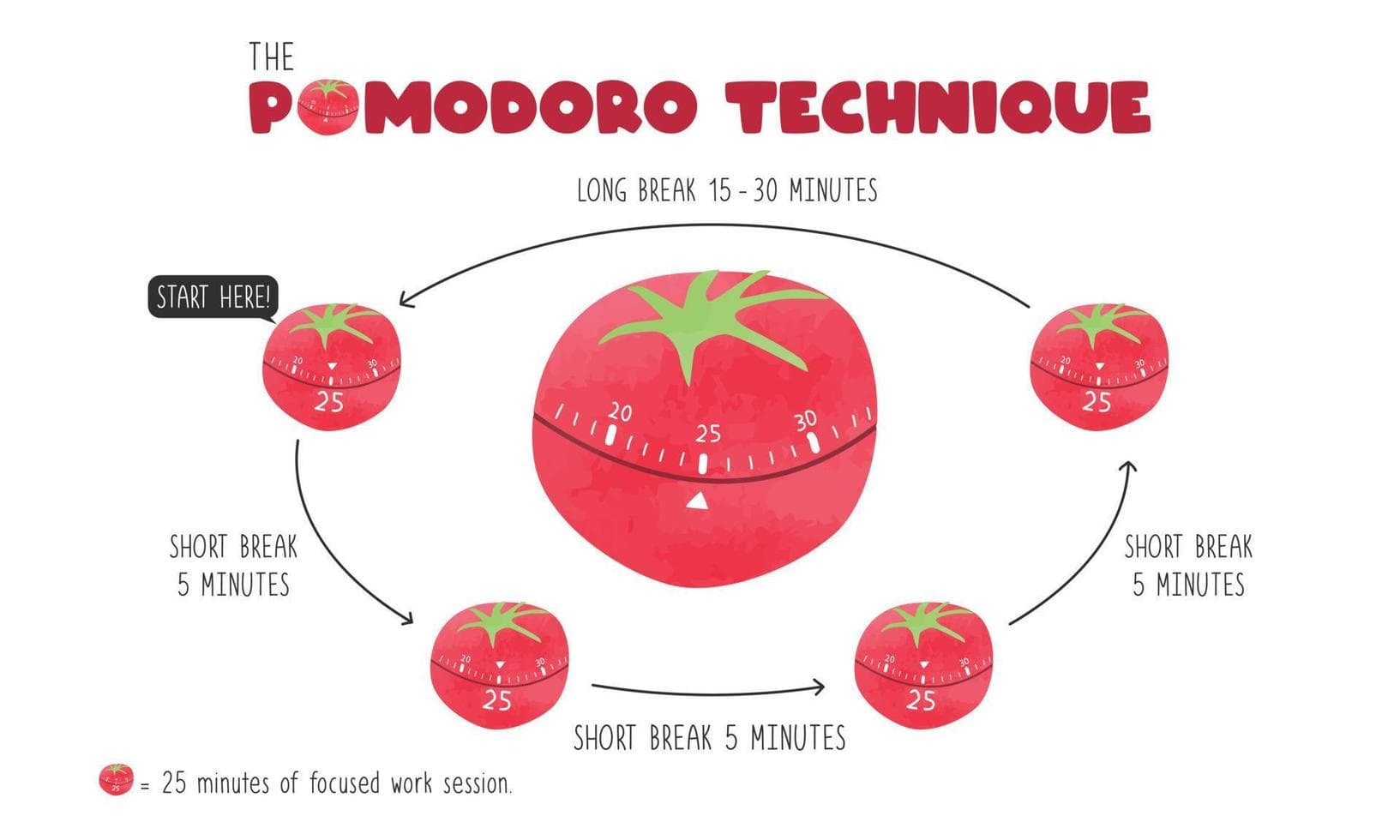
How it helps:
It allows students to find their own optimal focus intervals, promoting self-regulation and better time management. It also keeps them engaged longer and reduces burnout.
Practical tips:
- Allow students to experiment with different time blocks and find what works best for them.
- Track focus periods and discuss results in class to promote awareness of productivity patterns.
- Encourage students to combine Pomodoro with other tools, like task lists, to maximize their efficiency.
4. Use “Reverse Engineering” for Skill Acquisition
Guide students through the process of learning backwards.
What it is:
In reverse engineering, students begin with the end goal (e.g., a completed project, a solved problem) and work backward to determine the steps that led to that outcome.
How it helps:
This method helps students understand the process behind the product, developing a deeper appreciation for how to approach complex tasks. It also encourages critical thinking and problem-solving.
Practical tips:
- Have students analyze successful projects or solutions and reverse-engineer them.
- Create opportunities for them to discuss and document the steps they would take to replicate success.
- Use this technique in a variety of subjects, from math to creative projects, to help students see the process clearly.
5. Apply the “50/10 Rule” for Breaks and Focus
Help students sustain focus and avoid burnout.
What it is:
The 50/10 rule is simple: students work for 50 minutes and then take a 10-minute break. This helps them stay focused and productive while ensuring they take enough rest to recharge.
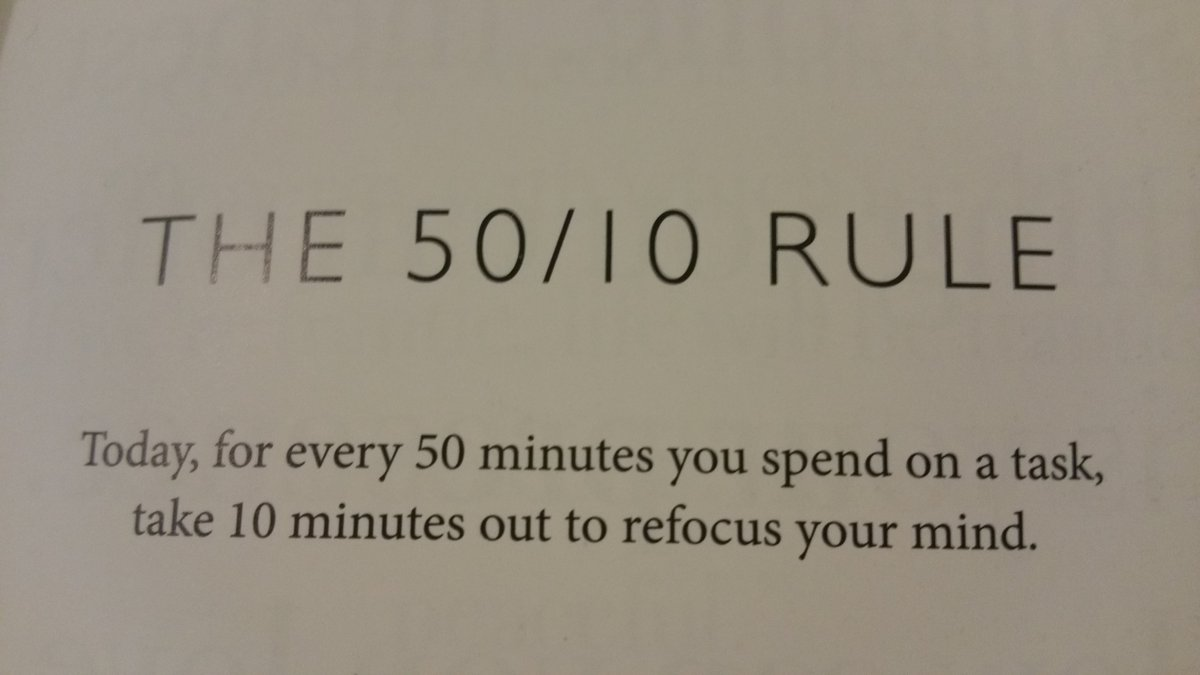
How it helps:
By balancing work and breaks, students maintain focus and energy levels, reducing the risk of fatigue. Regular breaks also help boost creativity and mental clarity, leading to more efficient learning.
Practical tips:
- Set clear expectations for work and break times.
- Use break periods for brief stretching exercises or mindfulness activities.
- Encourage students to step away from screens during their break to refresh their minds.
6. Leverage the Power of Micro-Tasking
Break down big projects into manageable chunks.
What it is:
Micro-tasking involves dividing larger assignments into smaller, more manageable tasks. Instead of feeling overwhelmed by a big project, students complete it one small step at a time.
How it helps:
Micro-tasking prevents procrastination, helps students feel accomplished after completing small tasks, and maintains motivation throughout long-term assignments.
Practical tips:
- Help students outline a big project and divide it into smaller, actionable steps.
- Encourage them to check off each step as they complete it, creating a sense of progress.
- Track each student’s tasks on a class project board to maintain accountability and motivation.
7. Adopt the “Five-Minute Rule” for Motivation
Get students started, even when they’re stuck.
What it is:
The Five-Minute Rule encourages students to commit to working on a task for just five minutes. The idea is that once they start, they’re likely to continue, overcoming the initial resistance to beginning.
How it helps:
By reducing the mental barrier to starting, students can overcome procrastination and often find it easier to continue once they’ve gotten started. This technique also promotes perseverance and resilience.
Practical tips:
- Encourage students to apply the Five-Minute Rule for tasks they’re procrastinating on.
- Use it for both small and large tasks—whether it’s completing homework or starting a major project.
- Remind students that it’s okay to stop after five minutes, but often they’ll choose to continue once they’ve gotten started.
Is Self-Regulated Learning Worth It?
Guiding students toward independent learning can sometimes feel like a slow, gradual process—one that demands patience, and consistency. But the question is: what kind of learners do we want our students to become?
The answer might lie in the impact that self-regulated learning has on their future. Students who are equipped with the skills to take charge of their own learning are not only more confident but also more adaptable in an ever-changing world. These are the students who will thrive in careers that require innovation, problem-solving, and lifelong learning.
It’s not about the immediate payoff but about building the foundation for learners who take ownership of their education. When students begin to believe in their ability to regulate their learning, they gain the power to approach challenges with resilience. In the long run, this is the kind of education that shapes a generation of lifelong learners.
So, is self-regulated learning worth it? The real question may be: Can we afford not to invest in it?
